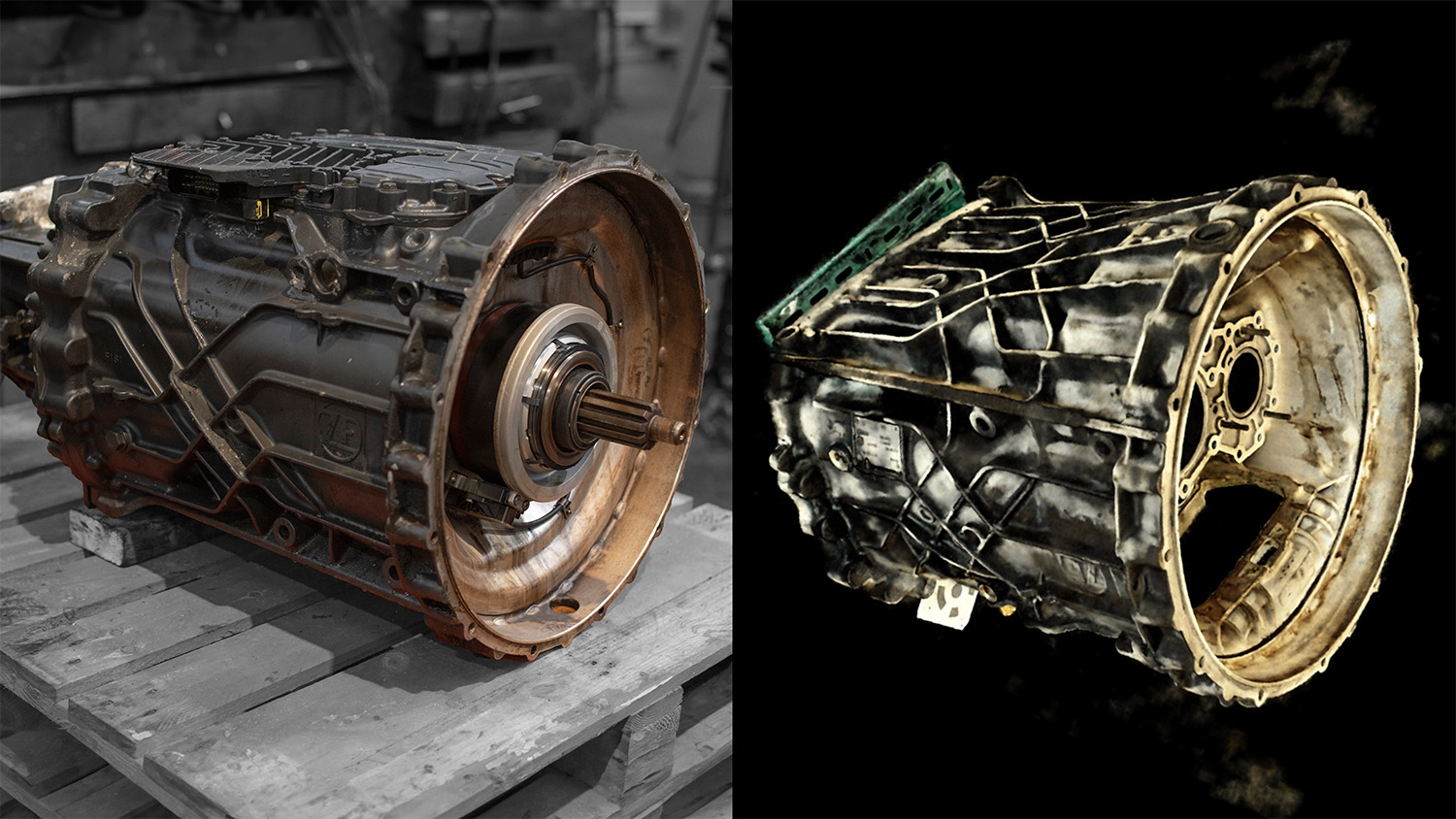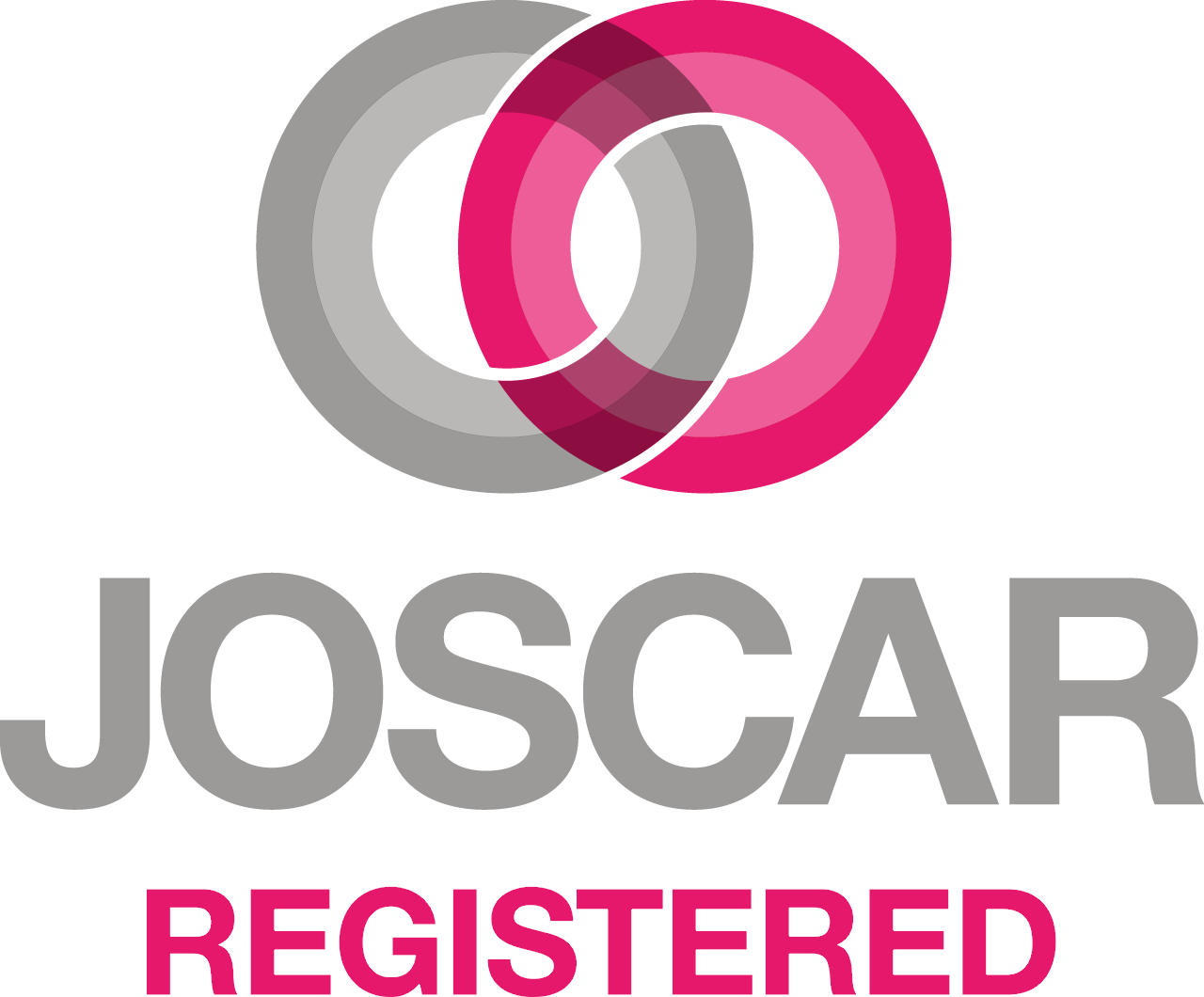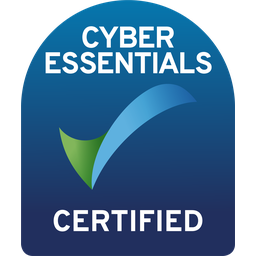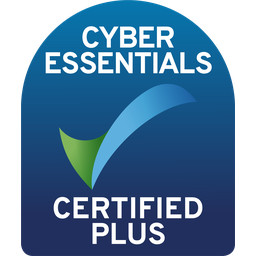The do's and don'ts of branding and logo design
To help you create a brand identity that accurately reflects your business, here are our do’s and don’ts of branding and logo design.
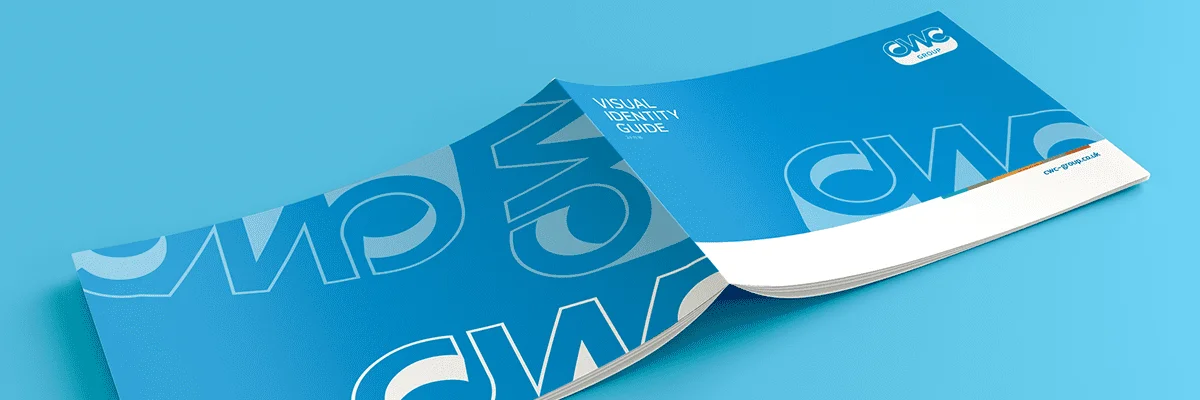
One of the most important elements of any brand is its logo – it essentially becomes the face of the business. This means it needs to make a good impression at first glance, as well as evoke familiarity and trust in the long term.
But good branding is about more than just the logo. It’s about the characteristics, colours, and feelings people associate with your company. That is why branding is so important.
So to help you create a brand identity that accurately reflects your business, here are our do’s and don’ts of branding and logo design.
DO…
1. CONSIDER YOUR TARGET AUDIENCE
The purpose of your brand should be to attract and resonate with your ideal audience. So to ensure your brand appeals to them, spend some time defining your target audience before moving on to the design and decision-making stage.
2. KEEP IT SIMPLE
Simple logos are easier to recognise, easier to apply to different environments and media, and can enhance the clarity of your brand’s message.
To keep your logo simple, avoid using too many fonts and colours. Stick to a maximum of two fonts and two complementary colours as more can lead to a confusing, cluttered design.
Like logos, brand names should be kept simple. These should be easy to spell, easy to pronounce, and easy to remember. They should also resonate with your business and what it provides.
To keep your logo simple, avoid using too many fonts and colours. Stick to a maximum of two fonts and two complementary colours as more can lead to a confusing, cluttered design.
Like logos, brand names should be kept simple. These should be easy to spell, easy to pronounce, and easy to remember. They should also resonate with your business and what it provides.
3. KEEP IT UNIQUE
Performing a competitor analysis can help you to determine how similar companies portray themselves. However, don’t be tempted to use their designs as inspiration. Instead, come up with a concise description of what you’d like your brand to represent and create your own distinct identity.
You should also avoid using words like “global” and “solutions” when choosing your brand name. These words have become so overused that they have lost all meaning and impact.
You should also avoid using words like “global” and “solutions” when choosing your brand name. These words have become so overused that they have lost all meaning and impact.
DON’T…
1. MAKE IT RIGID AND INFLEXIBLE
Your logo will likely appear on various media and in various environments, including on business cards, websites, and social media platforms. To make sure your logo looks its best in all possible applications, consider different coloured backgrounds and positions during the design process.
You will probably need to create a couple of variations of your logo (such as black, white and coloured variations, and portrait and landscape variations) but make sure you use the same proportions throughout.
You will probably need to create a couple of variations of your logo (such as black, white and coloured variations, and portrait and landscape variations) but make sure you use the same proportions throughout.
2. USE RASTER IMAGES
Because they are made up of individual pixels, raster images become blurry when they are enlarged. Vector images, on the other hand, are based on mathematical formulas and are made up of lines and curves so they don’t suffer the same fate.
Your logo will likely be used across varying sizes – from small business cards to large pull-up banners. So to make sure your logo maintains the required level of detail at any size, use vector graphics!
Your logo will likely be used across varying sizes – from small business cards to large pull-up banners. So to make sure your logo maintains the required level of detail at any size, use vector graphics!
3. REBRAND TOO OFTEN
Don’t jump from one design to the next. Allow time for your brand to create recognition with your target audience.
If you are still unsure about branding and logo design or if you have any questions we will be happy to help. You can also check out some of the logos we have produced below, as well as our brand creation and development projects.
And remember, the most successful brands didn’t start off as household names, they evolved over time!
If you are still unsure about branding and logo design or if you have any questions we will be happy to help. You can also check out some of the logos we have produced below, as well as our brand creation and development projects.
And remember, the most successful brands didn’t start off as household names, they evolved over time!
